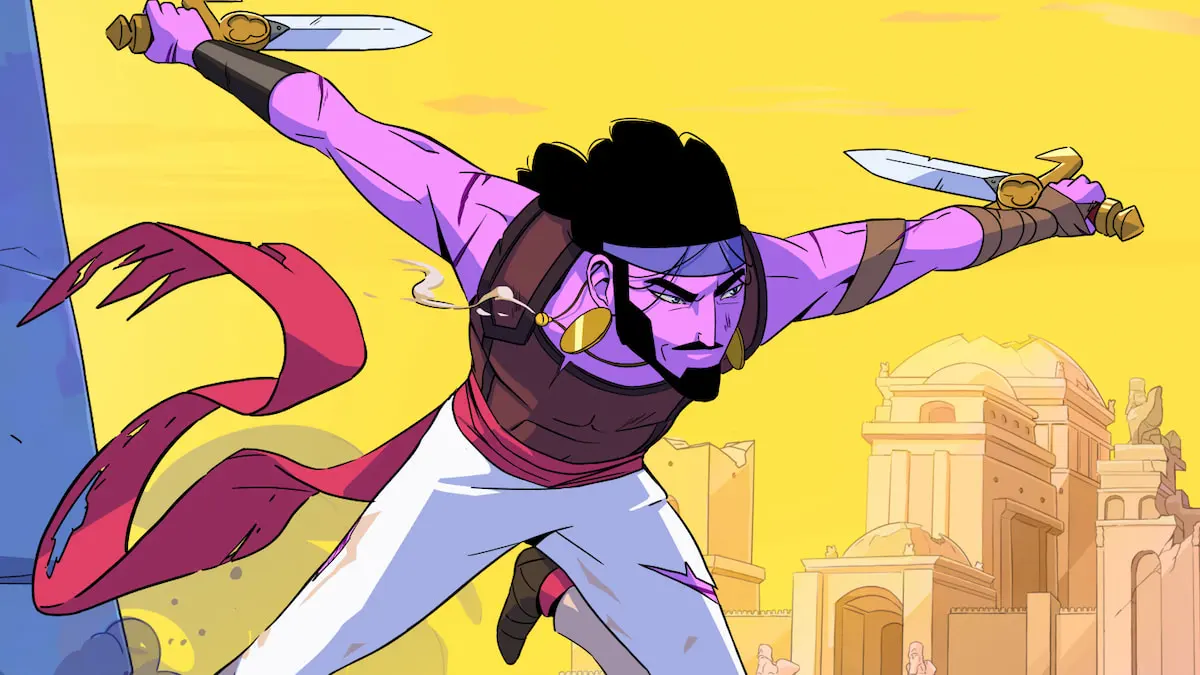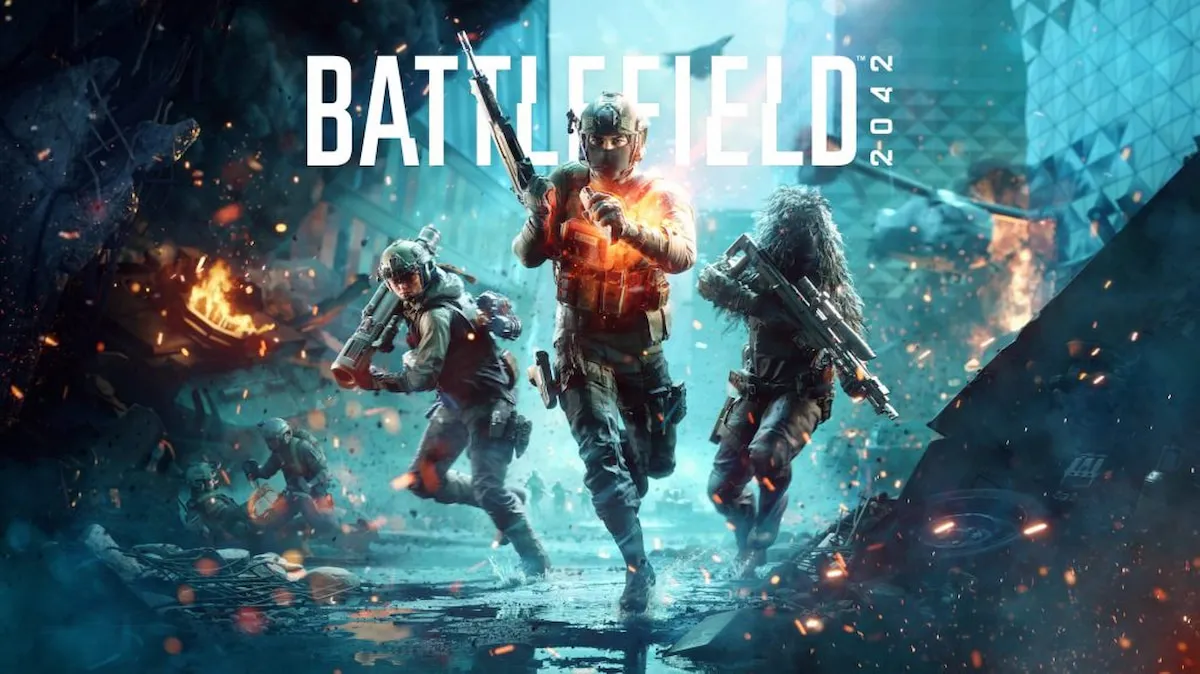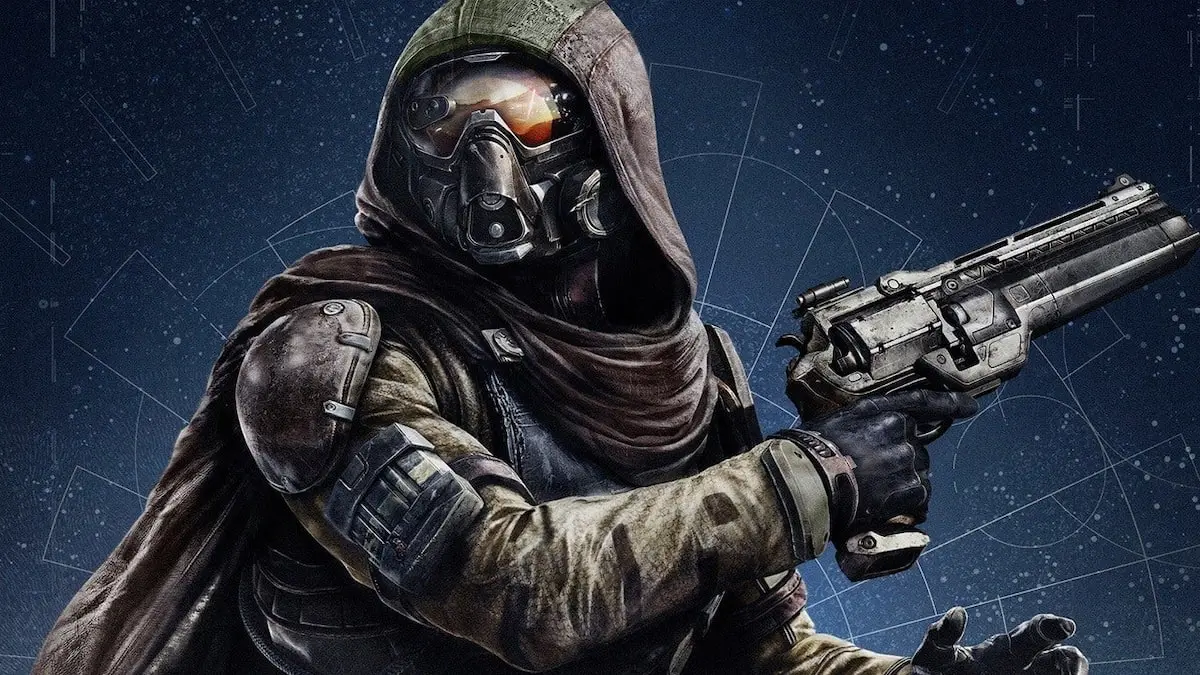I’m about to meet The World’s Largest Athlete.
Paul Wight is billed as 7′ 1″ tall and 485lbs. He suffers from a disease of the endocrine system known as acromegaly. An abnormality in his pituitary gland meant that in puberty he generated too much growth hormone and grew tall and broad, to put it mildly. Although he underwent an operation to limit the onset of the disease’s life-shortening effects, Wight was well over six foot tall by the time most of us were pushing four.
Wight is my hero. As a former big man myself Wight is someone I’ve always identified with and adored, and I’m not alone. Like the rest of him, his heart is bigger than most. His performances transcend the boundaries of his art form.
Wight is a professional wrestler who works for World Wrestling Entertainment, the organisation once known as WWF. I first started watching wrestling when I was a kid. Thanks to shrewd marketing by the pseudo-sport’s god-emperor Vince McMahon, my hero was Bret “Hitman” Hart (my sister fell for the blond-haired, leotard-wearing Mr Perfect). 20 years later I read Hart’s autobiography and found it so fascinating I began watching again.
Most people’s assumptions about WWE (the name change was down to a legal battle with the World Wildlife Fund – the pandas won) are that it’s just oiled-up He-Men pretending to slap each other, then delivering monologues you or I would be unable to complete without bursting into laughter.
When I was a kid I believed wrestling was silly and fake, much as I loved it. (Perhaps that made it easier to make believe. I used to mock-wrestle pillows on the double bed in my parents’ spare room, raising home-made championship belts aloft to an imaginary crowd while fake-grimacing under the exaggerated burden of the preceding light exercise.)
But there is a lot more to wrestling. As I returned to it after a significant hiatus and settled into its exhausting rhythm of non-televised “house shows”, televised episodes (90 minutes each for WWE RAW and WWE SmackDown every week, excluding ad time) and pay-per-views (three hours, 13 times a year), I found myself drawn under the spell of three things that run throughout everything WWE does: the art of the wrestling itself, the storytelling, and what people in the business call “kayfabe”.
The wrestling is exhausting. Top wrestlers are expected to perform in matches that can last as long as an hour several times per week, only breaking to travel, train, practice and make media and charity appearances. Wrestlers have to execute all their moves perfectly with barely a break or their bosses will stop relying on them, and it’s backbreaking work: when you’re next alone at home, try throwing yourself to the floor and getting back up every five seconds for half an hour and see how you do.
Mickey Rourke’s 2008 film, The Wrestler, focuses on a fallen star working local circuits. It doesn’t convey the sheer mental exhaustion the performers endure. For the WWE, you need to imagine the sequence where Mickey is sat in a broom cupboard planning a bout with his opponent and expand it by an order of magnitude.
In the old days you could whisper to one another about what you were going to do as you clinched at a corner turnbuckle. Nowadays there are cameras everywhere, so communication is limited.
Historically in wrestling, a few characters are “feuding” at any time. As well as a consistent narrative, it allows specific wrestlers to work together frequently, and these complementary relationships lead to more convincing bouts that demand less exertion and reduce the likelihood of injury. In recent years though, the storytelling behind the feuds has become nuanced, often drawing upon the histories of individuals.
Where the storylines are best, though, is when they encompass real-life animosities, because that’s when kayfabe is at its most prominent and inventive.
Kayfabe is the pretence. It’s being in character. It’s wrestlers who are baddies (heels) and goodies (faces) not being seen together in public – especially by the younger kids (WWE’s audience is skewing younger and younger as it haemorrhages viewers to the more violent UFC). Kayfabe is the taunting, the monologues, the skits and the backstage interviews.
More importantly, it’s the fourth wall, and behind it lurks a secret world of incredible travel and performance schedules, extraordinary individuals and pantomimic businessmen like WWE proprietor Vince McMahon. Glimpsing the reality beyond the fiction is as much fun as The Work itself.
The money men are not averse to using themselves and their jobs as part of the storylines, either: WWE stock fell suddenly in June 2009 when McMahon announced that he had sold WWE RAW to Donald Trump and some news organisations reported it as fact. (McMahon “bought back” his show the following week.)
The most recent (and initially brilliant) example of kayfabe influenced by real life, however, was the reintroduction of Bret Hart (despite retirement, and despite the fact Hart has a hole in the base of his skull due to wrestling, which led to a stroke) and the settling of his feud with Shawn Michaels and Vince McMahon, which began all the way back in 1997.
Back then, Hart was WWF Champion but wantaway. He decided to join Ted Turner’s rival WCW (ironically, WCW was eventually bought out by WWF anyway) and needed to lose his championship before he left.
But despite the considerable personal and professional tension between Hart and WWF’s new poster-boy, Michaels, he and McMahon agreed he would not lose it at his final pay-per-view, Survivor Series, taking place in his homeland of Canada. He would defend it in a brilliant match with Michaels that ended in a disqualification, and vacate it subsequently.
What’s more, the match would have a spectacular climax. Michaels, whose edgy ring persona was a controversial new dawn for the then-Federation, would get Hart to the mat and apply the Canadian wrestler’s own signature finishing move – a submission hold known as the Sharpshooter.
The Sharpshooter is a variation on the Boston Crab: the aggressor weaves his prone opponent’s legs around one of his own, locking them into place by looping the uppermost boot through the right arm and holding tight, then twists his opponent over and squats down in a sitting position on his back. The idea is that it applies unbearable pressure to the lower back, although it’s actually quite comfortable.
Hart would reverse the Sharpshooter so that he was applying the same move. The match would then degenerate into a brawl following outside interference, leading to the DQ. Under WWF rules, a championship cannot be lost by disqualification.
Instead, as Michaels applied the lock, a ringside McMahon grunted, “Ring the bell.” The referee signalled the announcer, who called the match as a Michaels victory – even as Hart reversed the move as planned. He had never submitted because that wasn’t in the script.
And so, for a few glorious minutes, the defrocked Hart, McMahon and his fellow conspirators (including Michaels, whose collusion was later exposed) were operating with scant regard to kayfabe.
We were seeing real emotions: McMahon’s hatred for his traitorous world champion, realised; Michaels’ guilty plunge to ringside and sprint to the locker room, not knowing what Hart would do; and Hart himself, who stared at the shellshocked crowd in disbelief, then leant over the ropes and spat in McMahon’s face. The episode was christened The Montreal Screwjob.
13 years later, Hart stood across the ring from Michaels for the first time since that Survivor Series. Microphones in hand, they talked it out. A similar in-ring meeting between Hart and McMahon on the same show was kayfabe (they had been on speaking terms for several years), but this exchange was reputedly genuine.
They hated each other for years, and so they spoke about it in the ring – unscripted, but with their game faces on. As older, cooler-headed men, they gingerly embraced and laid their differences to rest.
In the ring in Canada, we saw live, unspun reality in a business that depends upon the opposite. Even so, if you talk to long-term wrestling observers and pundits outside the organisation, you will probably still find some who believe The Montreal Screwjob was actually the greatest act of kayfabe in the history of the business. The principals certainly had it in them.
The reason I’m walking into a room with Paul Wight today, however, is the game this article is supposed to be about: WWE All Stars. It’s a fast, twitch-orientated beat-’em-up starring caricatured wrestlers past and present. The animation and interaction between wrestlers is convincing, polished to the sort of sheen you would expect in a post-Street Fighter IV world. The controls are accessible but deep, with all manner of counters, reversals, combos and exaggerated finishers.
It’s fun to play and should entertain hundreds of thousands (maybe millions) of fans. But I won’t play it when it comes out, because I need the storytelling and I need kayfabe, and it offers neither. The more simulation-orientated WWE SmackDown vs. RAW series wrestles with storytelling, but obviously not kayfabe.
For the benefit of fans wondering whether the two games will complement one another: I think so. It’s awesome to pit John Cena against The Rock in All Stars, especially when a Five-Knuckle Shuffle involves Cena leaping 30 feet into the air post-windmill. Paul Wight has his own dream bout though, because when he grew up he idolised a particular wrestler over all others.
André Roussimoff was the other acromegaly sufferer you’ve heard of: he was André the Giant, an extraordinary presence during his amazing career as the WWF’s most iconic Big Man. The World’s Largest Athlete would have loved to work with – they never say fight, it’s always work – The Eighth Wonder of The World, and WWE All Stars allows Wight to dream a bit more vividly.
I get five minutes with Wight, but I could talk to him for five hours. Probably days. I begin by saying that I really wish he and Chris Jericho (my other favourite) were still a tag team, because the period when they were Unified Tag Team Champions, allowing them to appear on both house shows (RAW and SmackDown are otherwise segregated for various reasons), was one of my favourites.
Jericho’s heel skills are almost unrivalled – his garrulous diatribes against the “gelatinous parasites” in the audience beautifully complement his in-ring combination of arrogance and comedy cowardice.
Wight is a monster when he’s a heel: his right hook is a signature finishing move that KOs opponents and he is almost impossible to topple. He sells his performances as well as anyone in the business, which is harder when you’re a big man. (Try doing the throwing-yourself-to-the-ground routine I mentioned earlier with a fridge strapped to your back.)
He points out that Jericho is retired (having sustained a real-life injury last September on RAW) and we chat about the tag team division. I then ask him whether Scottish wrestler Drew McIntyre really talks the way he does in the ring (he sounds like a Scotsman doing a bad impression of a Scotsman), and Wight laughs and says he does.
We also discuss his injuries. Wrestling injuries can be horrendous. At the Elimination Chamber pay-per-view in 2009, The Undertaker was approaching the ring when somebody responsible for the pyrotechnics hit the wrong button. The wrestler received second-degree burns on his back.
Throwing his smouldering jacket to the ground, he marched to the ring and gave a performance rich in the kind of pageantry that only he can sell, masking his agony until he stripped his leotard to the waist late in the match. “You and I know what that’s about,” one of the TV commentators joked. Joked. Because it’s all part of the business: you work through the pain, whatever happens.
So I ask Wight about the worst injury he’s ever had to endure in-ring. He tells me about herniated discs, but the most painful story concerns a pay-per-view triple-threat match (three contenders battling simultaneously). He had three bone chips floating in his knee, which was fused, and he was due to receive an operation the next day. He wore padding and worked.
During the onstage Q&A, Wight speaks hauntingly about his respect and affection for André. He tells the audience and his fellow professionals that even being mentioned in the same sentence as his hero is an honour beyond reckoning and that he could not hope to live up to that legend.
As I’m sitting with him later, a PR person signals me that I have one last question. I look down at my pad – the questions on it include stuff loosely associated with the game I haven’t asked him about. I can hear Eurogamer news editor Wesley Yin-Poole thousands of miles away willing me to ask something that can end up in a headline, like what he thinks of Homefront.
I say: Paul, when you were up there with the other wrestlers just now, I thought you spoke with great humility and respect about André, and I understand why you did that, and what André must mean to you and why you would feel the way you do. But it’s important that you understand: I didn’t grow up with André, and nor did a lot of people of my generation who watch WWE, and the emotions you feel for him are the ones we feel for you.
At least, that’s what I try to say. I think he gets the point, because he seems moved and says thank-you in that gentle way that we reserve for the times we’re accepting a compliment we want to remember without exhibiting immodesty.
The interview is over. I get up and have a rubbish picture taken with him. I wish now that I’d hugged him for the photo – it would have looked impish and confident. Instead I look like a total dork. But it doesn’t matter, because I’ve just talked to Paul Wight for five minutes and he trusted me with his thoughts and memories. He broke kayfabe for me.
Wight’s ring name is The Big Show. A few minutes earlier, I walked towards him and he held out his hand. It was the size of a dinner plate and with fingers like rolling pins. It utterly enclosed mine in a firm but gentle grip.
“Hi, I’m Tom,” I said, trying not to grin from ear to ear.
He didn’t say, “Hi, I’m The Big Show.” He said, “Hi, I’m Paul.”
I almost cried.



